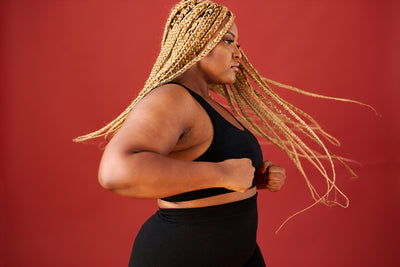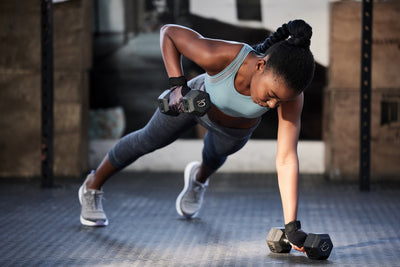Pilates, a holistic exercise regimen, was designed to enhance flexibility, build strength, and develop control and endurance in the entire body. One of the fundamental principles that underpins this practice is the concept of flow. Flow in Pilates goes beyond mere physical movement; it embodies a seamless transition from one exercise to the next, fostering a sense of grace, ease, and fluidity. This article delves into the significance of the flow principle in Pilates, exploring how it contributes to the effectiveness and transformative power of the practice.
The Heart of Pilates: Flow Principle
The flow principle is integral to the Pilates method, emphasizing smooth, continuous movement. Joseph Pilates, the founder of the method, believed that exercise should be a rhythmic and flowing experience, akin to a dance. By integrating the flow principle into the practice, practitioners can enhance their body awareness, coordination, and grace.
Enhancing Mind-Body Connection
Flow in Pilates necessitates a deep connection between the mind and body. Practitioners are encouraged to be fully present, paying close attention to the subtleties of each movement. This heightened awareness fosters a meditative state, allowing individuals to tap into a sense of inner calm and focus. The continuous movement facilitates a seamless transition between exercises, challenging the body and mind to work in harmony.
Building Strength and Stamina
The uninterrupted nature of flow in Pilates promotes endurance and muscular strength. As the body moves gracefully from one position to the next without pause, muscles are kept engaged and active. This sustained muscle activation not only builds strength but also enhances stamina, as the cardiovascular system is continuously stimulated.
Promoting Grace and Fluidity
Flow adds an element of grace and elegance to Pilates practice, transforming exercise into a form of expressive movement. This graceful movement is not just aesthetically pleasing; it also contributes to the efficiency and effectiveness of the workout. By moving with control and precision, practitioners can target specific muscle groups, ensuring a balanced and holistic workout.
Facilitating Functional Movement
The flow principle in Pilates aligns closely with the concept of functional movement, emphasizing the importance of training the body in a way that supports everyday activities. Through continuous, flowing movements, the body learns to move more efficiently, enhancing coordination and balance. This, in turn, translates to improved functional movement in daily life, reducing the risk of injury and promoting overall physical well-being.
Conclusion
Incorporating the flow principle into Pilates practice transforms exercise into a dance-like experience, emphasizing grace, precision, and fluidity. It fosters a deep mind-body connection, builds strength and stamina, and enhances functional movement. Ultimately, the flow principle is a testament to the transformative power of Pilates, proving that exercise can be both an art form and a pathway to holistic wellness.






Leave a comment